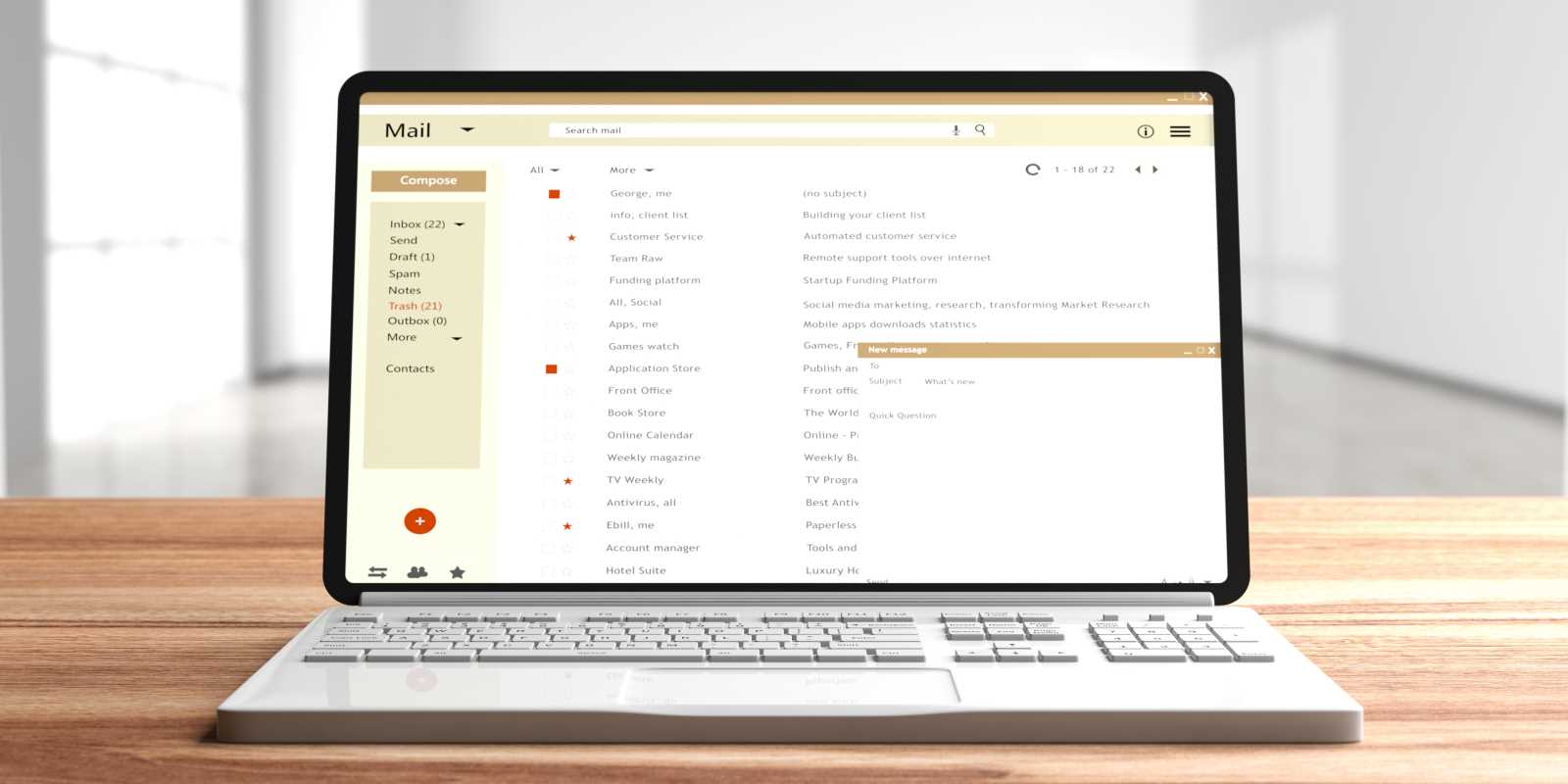Think about the best workday you’ve ever had. Chances are, it wasn’t just about the tasks you ticked off your to-do list. It was also about the energy around you, the support from your colleagues, and the sense of belonging that made everything feel a little brighter. That’s the magic of workplace positivity. Workplace positivity isn’t just about good vibes and cheerful conversations (though those help!). It’s a powerful force that fuels collaboration, creativity, and resilience in a team. But creating a positive work environment doesn’t happen by chance; it takes intentional effort. And sometimes, it starts with one person deciding to be the change.
The Benefits of Workplace Positivity
Before we jump into the how, it’s important to understand the why. What makes positivity such a game-changer at work?
- Boosts Productivity: A positive atmosphere encourages people to focus, collaborate, and go above and beyond. When employees feel valued and supported, they’re more likely to engage fully with their work.
- Improves Morale: Positivity reduces stress and negativity, which can foster a happier and healthier team. And when people enjoy being at work, it shows in their performance.
- Enhances Teamwork: A positive environment builds trust and connection among colleagues, making it easier to work together and resolve conflicts.
- Attracts and Retains Talent: Who doesn’t want to work in a place that values kindness, respect, and optimism? A positive workplace naturally draws in top talent and keeps them around.
It’s clear―positivity isn’t a nice-to-have; it’s essential for a thriving organization.
Real-Life Impacts of Positivity in Teams
Take a moment to picture two very different scenarios.
Team A is constantly stressed. Conversations are sharp, trust is minimal, and people don’t feel comfortable offering ideas. Meetings drag on without solutions because no one feels empowered to speak up.
Team B, on the other hand, approaches challenges with optimism. Team members celebrate wins―big or small―and collaborate to find solutions. They aren’t afraid to ask for help or share creative ideas, no matter how “out there” they may seem.
Which team do you think achieves better results?
The truth is, positivity can be a key differentiator. It enables people to take risks, trust their abilities, and truly support each other. Negativity, on the other hand, stifles creativity and productivity.
How to Be the Change
If you’re reading this, chances are you want Team B vibes in your workplace. Here’s the good news―you don’t have to wait for someone else to step up. Positivity is contagious, and by leading the charge, you can start shifting the culture.
Here’s how to make it happen:
1. Start With Your Mindset
Positivity begins within. Before you can spread it to others, focus on cultivating it for yourself. Look for the silver linings in challenges, celebrate small wins, and remind yourself of the “why” behind your work.
- Practice gratitude. At the end of each day, write down three things you’re grateful for at work.
- Focus on solutions, not problems. Instead of dwelling on what went wrong, ask, “What can we do to improve?”
- Be mindful of your energy. Your attitude influences those around you―so aim to bring a calm, upbeat presence to conversations.
2. Celebrate Wins, Big or Small
Recognition is one of the simplest, yet most powerful ways to create positivity. A quick “Great job on that presentation!” or “Thanks for stepping up to help with this project” can brighten someone’s day and boost morale.
- Call out achievements in team meetings or emails.
- Acknowledge both individual and team efforts.
- Don’t wait for massive accomplishments―small efforts deserve kudos too!
Celebrations don’t have to be flashy; they just need to be genuine.
3. Be Kind and Supportive
Kindness is a positivity powerhouse. It builds trust, strengthens relationships, and creates a safe space where people feel valued.
- Offer a helping hand when someone is struggling.
- Show empathy in challenging conversations.
- Be a good listener. Sometimes, just giving someone your full attention can make a difference.
Positivity thrives when people feel like they have each other’s backs.
4. Foster Open Communication
A positive workplace flourishes when people feel heard. Open and respectful communication creates an environment where everyone feels safe to share ideas, concerns, and feedback.
- Encourage input from everyone during team discussions.
- Respond to feedback with openness, not defensiveness.
- Use positive language to frame solutions and ideas.
By prioritizing communication, you can create a space where people feel connected and valued.
5. Lead by Example
Whether you realize it or not, people are watching. Your actions set the tone for those around you, so choose to lead with positivity.
- Handle stressful situations calmly.
- Stay approachable, even during tough times.
- Advocate for your team’s well-being by encouraging breaks and balance.
When positivity starts at the top―or radiates from people willing to step up―it creates a ripple effect across the whole team.
6. Bring a Little Fun Into the Mix
Last but not least, don’t underestimate the power of fun. Whether it’s hosting a team lunch, sharing a joke during a meeting, or organizing a casual game after work, small moments of joy can do wonders for morale.
Work might be serious, but it doesn’t have to be dull. Infusing fun shows that you care about creating a balanced, enjoyable atmosphere.


.jpeg)




